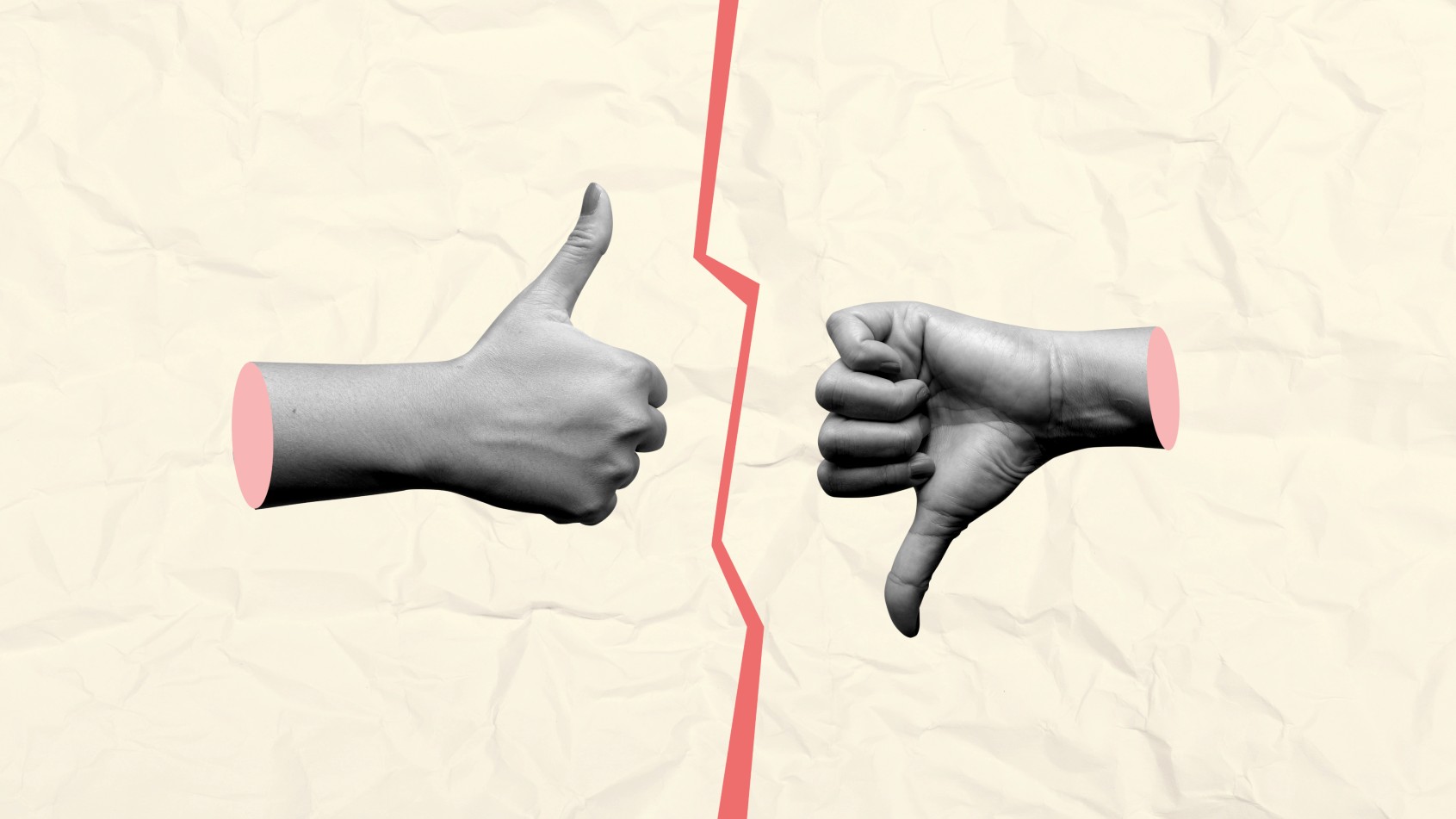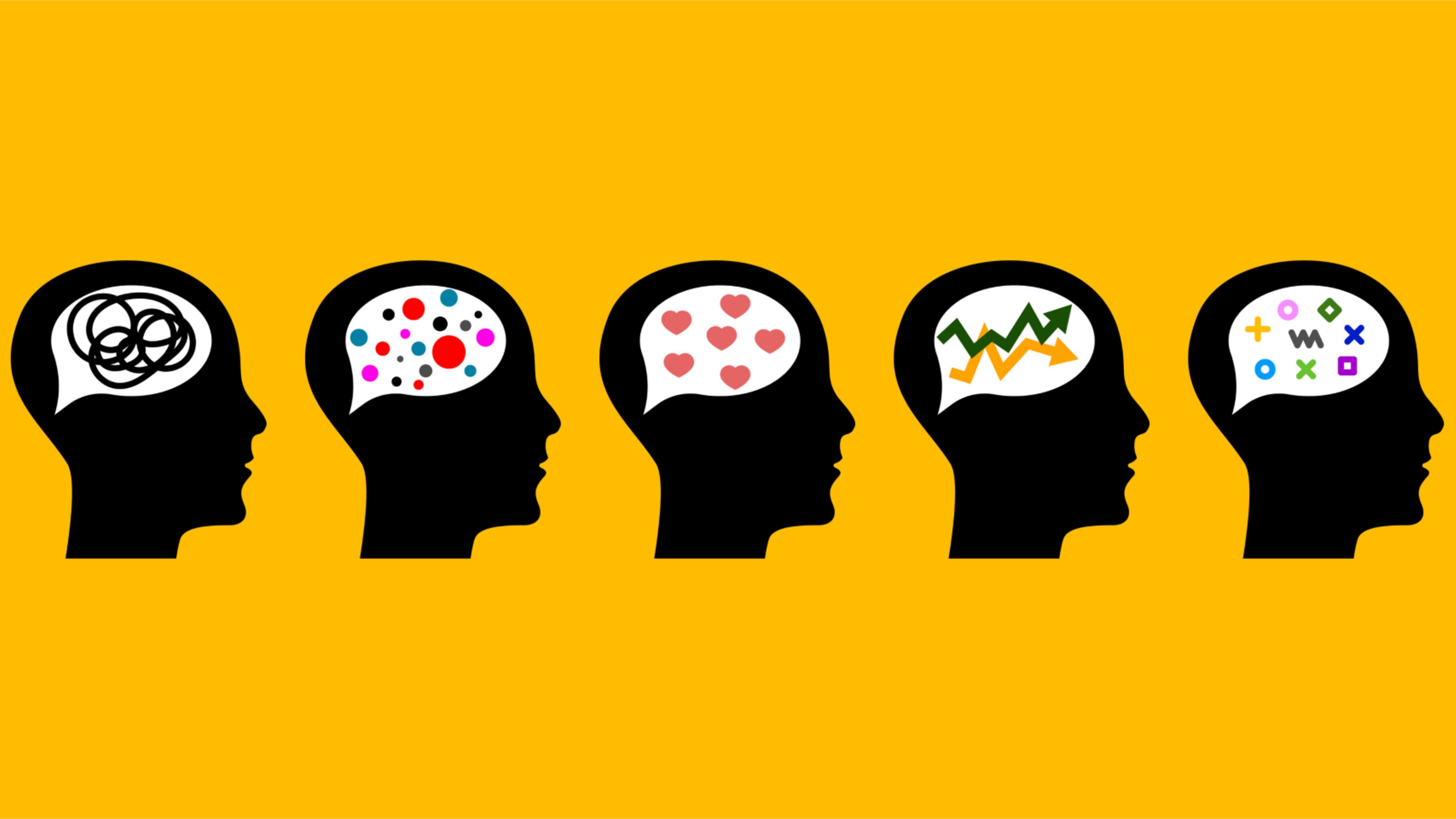Generally speaking, women are starting to be as healthy and almost as educated as men around the world. And yet they are not being channeled into the economy and not able to participate in decision-making.
Question: What the biggest surprise in global gender gaps?
Saadia Zahidi: Well here’s one really important fact. When we look at gaps, what we’re finding is that in the world as a whole, at least out of the 134 countries that we’re looking at, 96% of health gaps have been closed. Ninety-three percent of education gaps have been closed. And then only about 59% of economic participation gap and only 18% of the political empowerment gap. So what we find is that, generally speaking as a global average, women are starting to be as healthy and almost as educated as men. And yet they are not being channeled into the economy and not able to participate in decision-making. So that’s a immense loss in the global economy. That’s certainly one, you know, very striking fact that comes out of the report.
The second though is more good news. And that is, you know, we are making progress. So when we look at the last five years of data that we’ve been collecting, what we find is, out of the 114 countries that we’ve covered for the last five years, 86% have actually made progress. So 86% of these countries are moving forward. And out of those, some of them are moving forward very, very fast. They’ve made gains of 10 or 20 percentage points in terms of closing their gender gaps. And perhaps even more encouragingly, it’s not just the countries at the top that are making progress. So it’s not just Iceland and Norway and Finland that are moving ahead, it is also countries at the very bottom.
So for example, Saudi Arabia is one of the worst ranking countries on this index, and yet it’s also one of those that growing the fastest, that’s moving forward the fastest because of a huge investment in terms of women’s education. The United Arab Emirates, another country that has made over the last couple of decades a big investment in terms of women’s education and is now moving forward because they’ve made a very conscious effort to remove the barriers for women’s entry into the workforce and then women’s entry into the political system.
Question: Why is Iceland ranked 1st in the 2010 World Economic Forum Global Gender Gap?
Saadia Zahidi: So, it’s not, by any means just Iceland. So Iceland, Norway, Finland, Sweden, Denmark, these are all countries that for the last 100 years or so, as a part of their development and growth, have made social inclusion goals a very important part of that development. So that has resulted in these countries having now not just very high levels of health and education for women, but very high levels of economic participation. And a lot of that is due to conscious policies that make it possible for women and men—not just women—to be able to combine their family life with their working life. And what they’ve ended up with is this virtuous cycle where you have not just high levels of participation, but also actually higher fertility rates than most of the other western European countries.
So that is certainly one angle. The other piece is the political empowerment piece. And quite a number of the Scandinavian countries have put quotas and targets in place several decades ago in fact, and have now reached a stage where they no longer need that stipulation, where they no longer even need that quota because you do have women in very senior positions in government.
Question: Why is the U.S. ranked 19th?
Saadia Zahidi: The United States has actually made quite a lot of progress over the last five years. And so finally broke into the top 20 in our 2010 report. And it’s a country that obviously has very high levels of health and education for women, at least according to the measures that we're looking at. In fact, women are now as we know coming out of university education in greater numbers than men are. The problem is that that talent is not being tapped into at the right levels.
So yes, women and men are entering the workforce in similar numbers are women and men’s wages are certainly very similar at that very entry level, and yet when you go through the ranks of most companies you’re starting to lose out in the middle management, you’re starting to lose out at senior management, and by the time you get to, for example, CEO level, there are very, very few women that are left there.
It’s a waste of the investment that companies have made in having those women for five or 10 years in their systems and then simply losing out on that talent because they’re unable to find a mechanism to allow them to combine work and family.
Recorded on October 13, 2010
Interviewed by John Cookson





